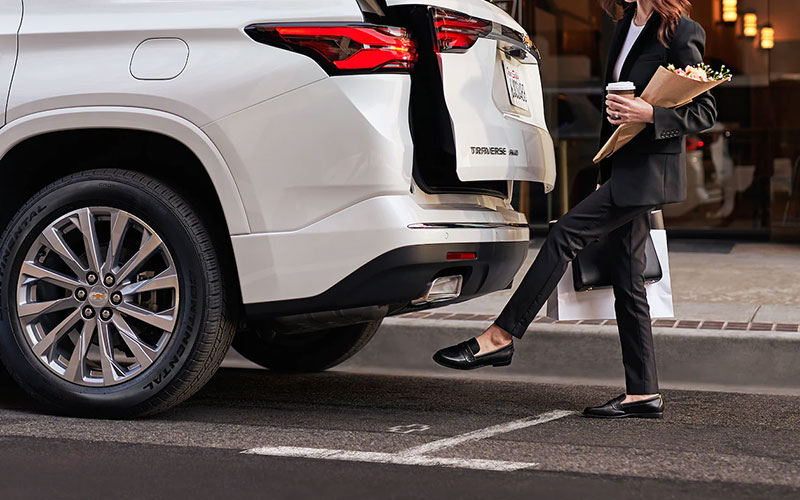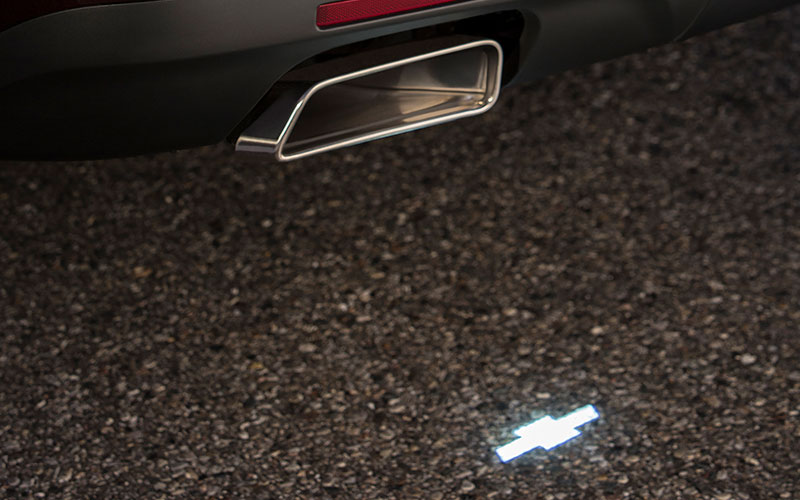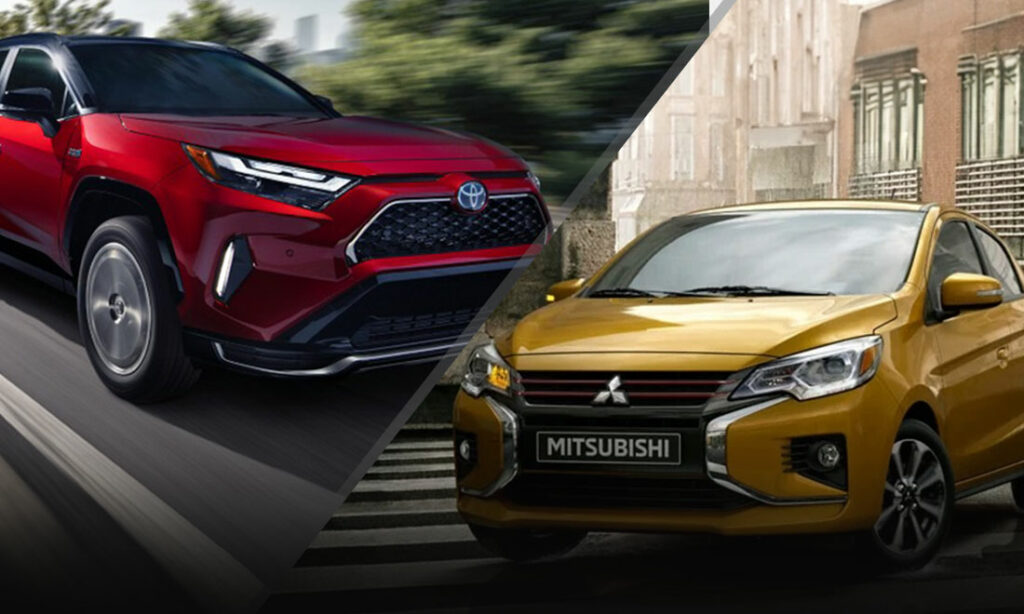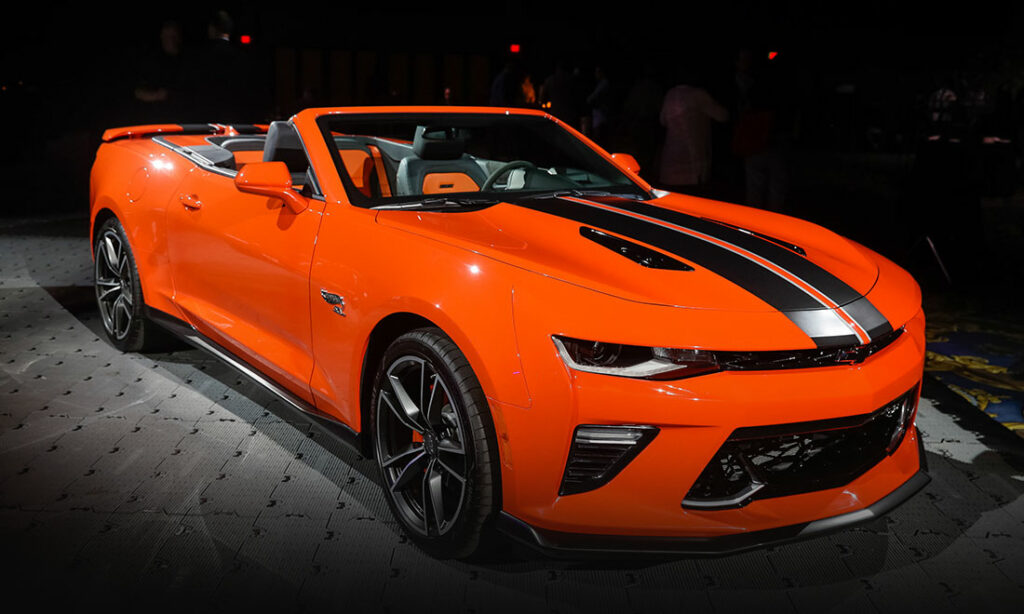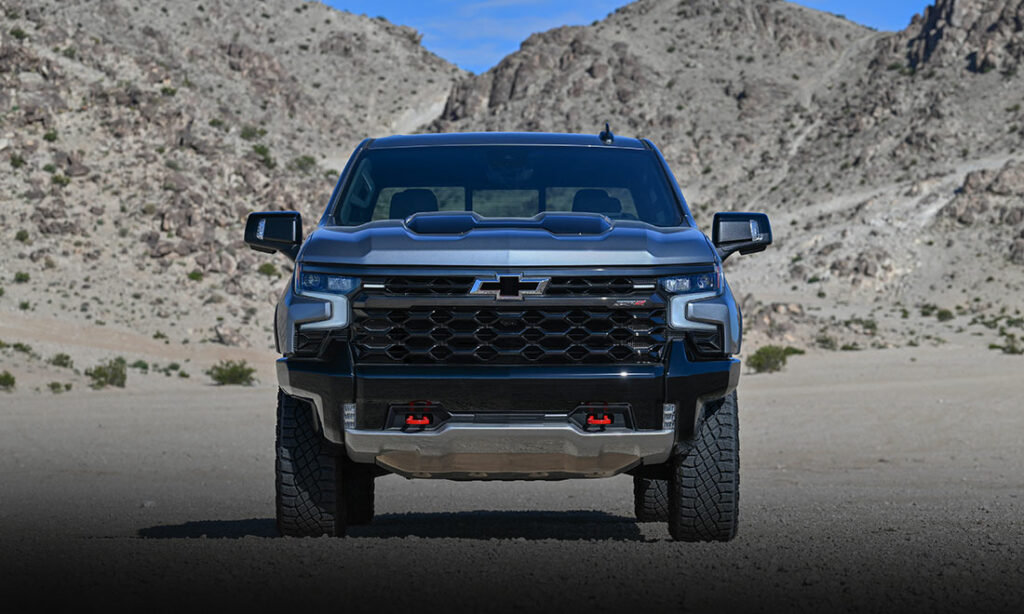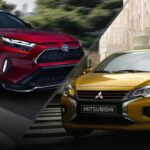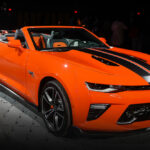Top 10 Car Features to Know
With automakers constantly unveiling new tech and systems across the automotive landscape, we put together this list of top 10 car features to be aware of.
Top 10 Car Features to Know
There was a time when most car features were basic mechanical devices with simple functionality, from the engine to cabin amenities. That is not the case today as vehicles are increasingly permeated with all manner of slick systems like semi-autonomous driving and night vision displays. Just 10 years ago, many of these options were only available on high-end models, but the trickle-down effect means you can now drive a Ford Escape with torque vectoring control. So, we’ve put together a list of 10 car features you should be aware of.
Stowable Shifter and Convertible Workspace
Ford regularly uses the F-150 platform to show off their latest and greatest ideas in the ongoing effort to stand out in the full-size pickup segment. One of these highlights came on the 2021 model that offers a stowable gearshift lever and foldout worktable. Once in Park, simply press the Stow button on the center console and watch the lever fold itself over and down into a cavity. Then, you can flip the storage bin cover up and over on to this newly available space. It creates a flat, hard plastic surface that is a boon for folks working on the road or at a jobsite.
Self-Parking
Tesla has been at the self-parking game for some time now and luxury brands like BMW offer this tech. However, consumers can now access this useful tech on lower cost models from Ford and Chrysler. Active Park Assist 2.0 is Ford’s brand name for this system. Drivers press a button to activate it so that the car can start scanning for a suitable space. Once identified, the driver need only put the transmission in neutral and the Ford takes over from there, handling acceleration, braking, shifting and steering into spaces just 20% longer than the vehicle. Chrysler’s Parallel and Perpendicular Park Assist is similar but only manages the steering.
Night Vision
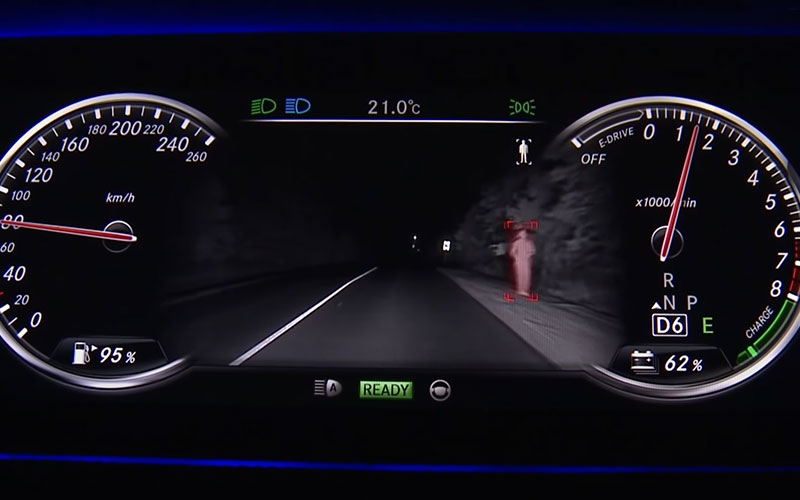
If you have ever been driving on a dark windy road at night, you know how startling it can be to whizz past the glow of a deer’s eyes standing on the shoulder. Certain automakers like Audi and Mercedes-Benz offer an infrared-based camera system that, when activated, displays a thermal image of warm unseen objects ahead. The Mercedes system features dual cameras allowing for detection up close and further away, ultimately offering a range of 150 meters. When their Night View Assist is enabled, a live feed shows up in the gauge cluster that flashes red to alert drivers of an approaching object.
Hands-Free Liftgate
When you have an armload of groceries, the ability to open the liftgate of your SUV with the swipe of a foot is tremendously helpful. Offered on a wide range of vehicles, the liftgate will automatically open and close by triggering a rear sensor with your foot. Some cars, like those from General Motors, allow owners to program the height to accommodate folks of different heights as well as garages. They’ll even project a Chevy logo on the ground so you know exactly where to swing your foot. This feature is a lifesaver for anyone with kids, which is why it is also on our list of favorite family car features.
Magnetic Ride Control
There is coil-over-shock suspension, there is air-powered suspension and then there is magnetorheological fluid-filled damper suspension. Under the name MagneRide, this high-tech suspension system is most widely used on Cadillac and other GM products, though it can also be found on exotics like Ferrari. Basic mechanical dampers, or shock absorbers, are filled with fluid that is squeezed through valves to deliver an automakers’ desired ride and handling characteristics. With MagneRide, the damper fluid is infused with magnetic particles that can be aligned using an electric current to achieve continuously variable levels of damping. Capable of 200 adjustments per second, these slick vehicular suspenders promise a smooth ride.
Adaptive Cruise Control
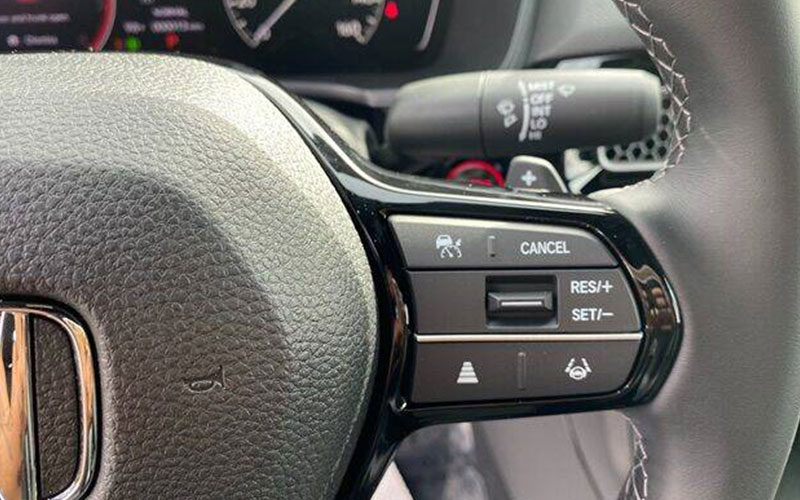
Becoming more widely available every day, adaptive cruise control (ACC) goes by many names depending on automaker including dynamic, radar and intelligent cruise control. Check out this list of best 2021 trim levels to get an idea of where you can find this tech. Like basic cruise control, the adaptive variety maintains a set speed but instead of the driver determining that velocity, the vehicle adjusts it based on surrounding traffic. So it can cruise along at 70 mph on the highway, slow down to allow for an exiting vehicle and then accelerate as needed. Many systems include a Stop-and-Go aspect that can bring the car to a full stop and then back up to speed, which is a boon for traffic jams. Additional complimentary systems include lane centering to keep your car between the lines and speed sign monitoring to align your speed with posted limits. This barely scratches the surface of current driver aids available, but you can go deeper with our article explaining the latest safety tech.
Hands-Free Driving
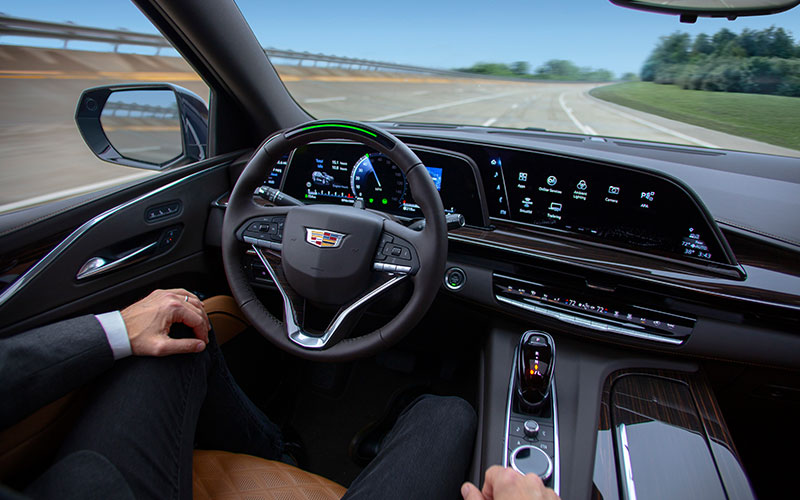
Hands-free driving technology builds on ACC by, well, letting you take your hands off the wheel. Tesla was an early proponent of this with their Auto Pilot mode and now Full Self-Driving Capability, but Ford and GM have stepped up to the plate with their respective BlueCruise and Super Cruise systems. Requiring more sensors and sophisticated algorithms versus ACC, this semi-autonomous tech works in concert with a driver attention monitor to ensure you’re watching the road ahead. If you are, the car will steer itself in addition to handling throttle and braking. It can even change lanes automatically. However, if the attention monitor detects your head or eyes out of position for too long, it will ultimately shut the system off. Thus far, the Ford and GM systems are limited to certain highways that have already been mapped.
Vehicle Telematics
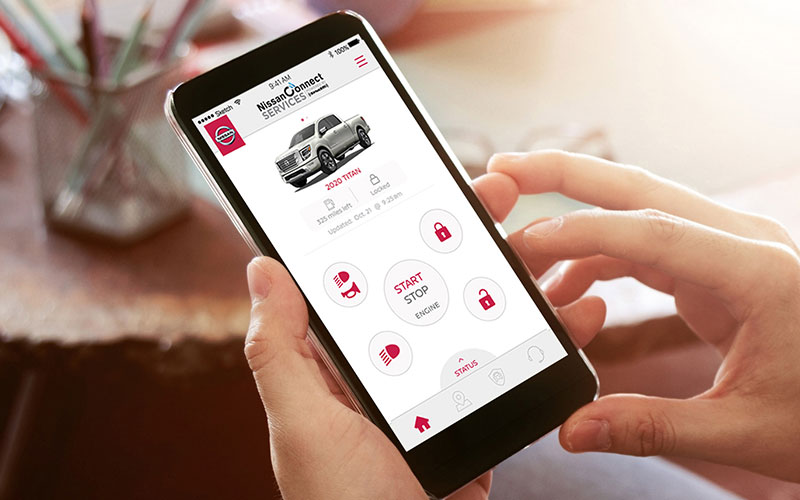
Telematics is an umbrella term that captures GPS systems, onboard vehicle diagnostics, wireless transmission, data recorders and the like. Vehicle telematics have had something of a renaissance lately, though OnStar has long been providing this technology to General Motors with features like an SOS button drivers can press to connect with a live operator.
Today, most automakers offer their own take on these systems that feature broader, more complex layers of functionality. NissanConnect is Nissan’s vehicle connectivity suite that can automatically connect a driver to a live operator in the event of an accident, display maintenance alerts and be updated automatically “over the air.” It has an associated smartphone app that allows owners to lock the doors, set speed limits on teen drivers and seamlessly send navigation directions back and forth between car and phone for those times you need to walk somewhere after driving.
OnStar has continued to evolve too with features like Amazon Alexa and Google Assistant connectivity. Owners can tell the Alexa sitting on their kitchen counter to fire up the engine and it will be warmed up and ready to go when they are. These services do require a subscription, with Nissan’s ranging between $12 and $25 per month, while OnStar charges $25 to $50 per month depending on package.
Rain-Sensing Windshield Wipers
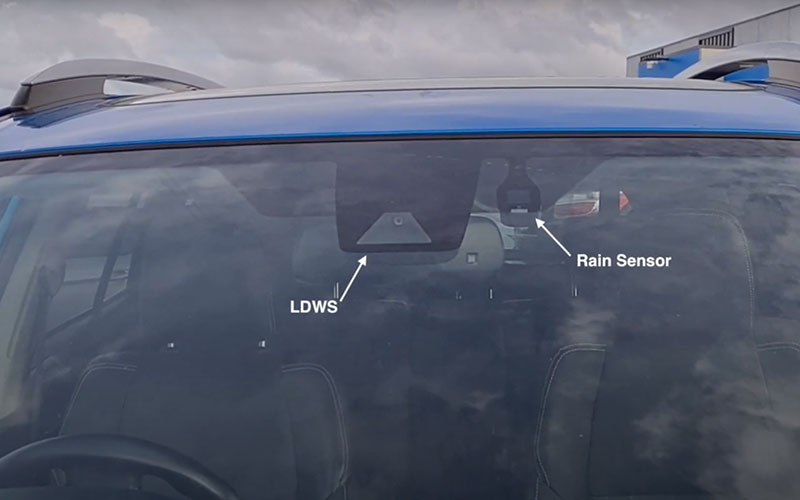
When it comes to smart, useful car features, rain-sensing windshield wipers are right up there. They have been around for some time on luxury vehicles but are now available on the likes of a Toyota RAV4 or Honda CH-R. An electronic sensor on the dashboard emits infrared light toward the windshield to determine if it is wet or dry. Once water is detected, it will activate the windshield wipers and vary their speed based on level of wetness. Some vehicles, like the Acura MDX, feature headlights that are also activated with the wipers to lend a hand in foul conditions.
Torque Vectoring
Commonly found on cars equipped with AWD, torque vectoring is an automatic system that varies the amount of torque applied to individual wheels in order to improve handling. For instance, when entering a corner too fast, this tech can reduce torque to one side and increase it to the other so that, depending on circumstance, too much oversteer or understeer can be countered. Ford uses a system called Curve Control, which is found on the Escape, to both manage torque and apply the brakes on individual wheels to help rotate the car through a turn safely.




